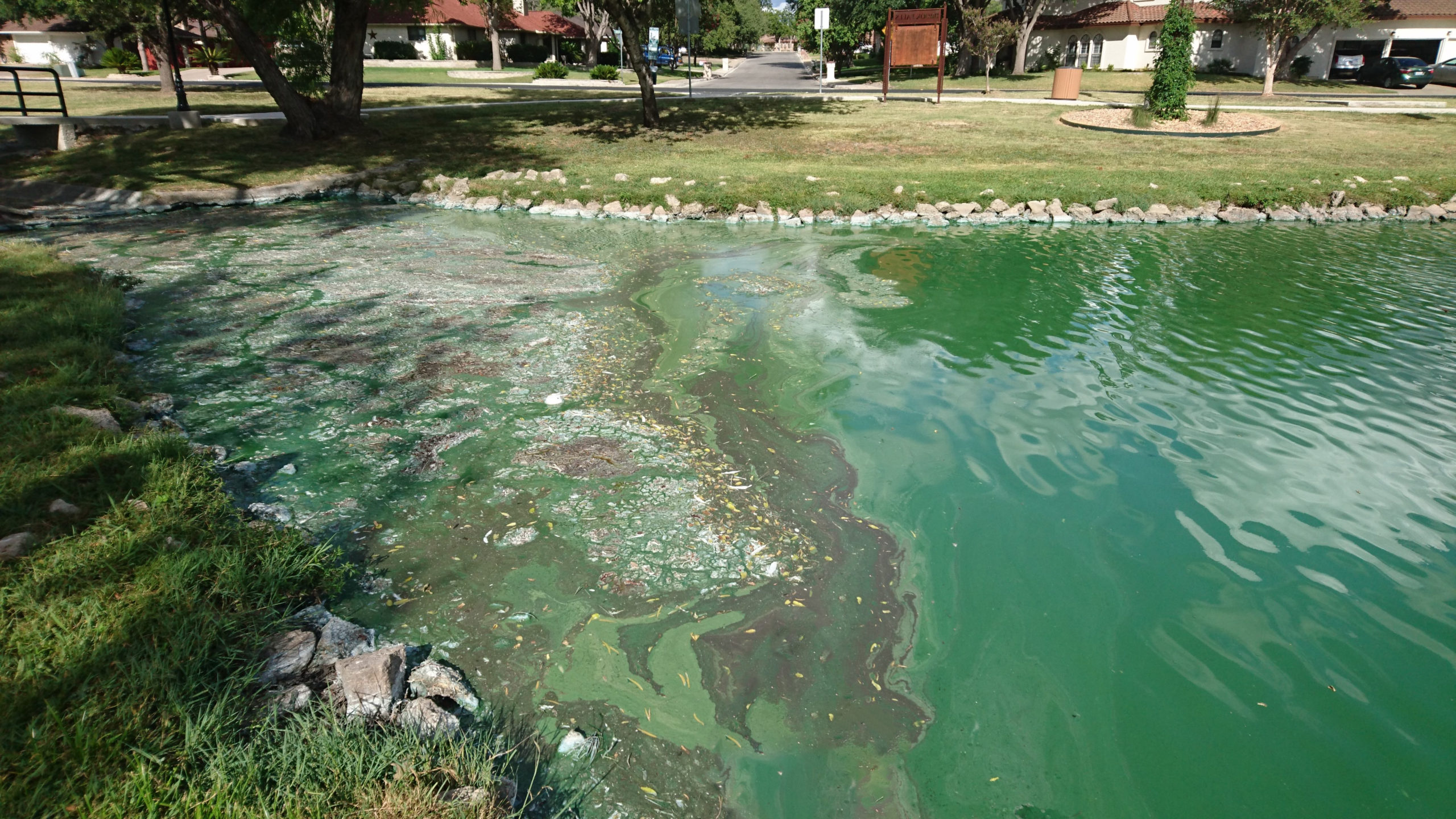What constitutes a Harmful Algae Bloom (HAB)
- Any concentration of algae that causes impacts to an aquatic system that can be documented as hazardous to human or ecological health.
- Algae is a broad term, and includes cyanobacteria, members of the chlorophyta (greens), chrysophyta (goldens), and at least 5 other taxonomic divisions, depending on what system is applied.
- Cyanobacteria (blue-green algae) tend to represent the greatest risk, and are therefore sometimes thought of as synonymous with HABs.
- Human health impacts tend to get the most attention, but ecological effects can be quite harmful as well.
Why the increasing attention to HABs
- Blooms are becoming more frequent and maybe more severe
- The health impacts are becoming better understood
- Management techniques have advanced to greater applicability
- The cost of bloom control is significant
- The cost of not controlling blooms may be higher
- Standard treatment is not always enough to avoid problems
- Federal and state governments have created regulations
- Media outlets have created greater “awareness”
HAB Relates Problems
The high algal densities that occur during a HAB lead to a variety of water quality issues including high suspended solids, low water clarity, fluctuating dissolved oxygen and pH levels, taste and odor, and possible toxicity. These conditions can make water bodies uninhabitable for many aquatic organisms and restrict water use, leading to resource and economic losses. From a fisheries standpoint, fertilizing a pond and promoting an algal bloom doesn’t always mean that energy will be transferred up a food web to your fish. High algal densities especially if it’s predominately cyanobacteria can reduce the productivity of a lake by promoting greater energy flow downward to benthic and detrital pathways, which consume oxygen and worsen water quality. Managing overall algal densities to be at an intermediate level and suppressing cyanobacteria is often the goal for water resource managers since productivity is likely greatest at an intermediate biomass and water impairment would be restricted.

Classifying Lakes and Their Probability to Support HABs
Numerous studies have been conducted to help classify a lake’s water quality, attributes, and probability of HABs. One of the most widely used classification systems is the trophic state index or TSI, which is based on a lake’s chlorophyll a, Secchi, total phosphorus, and total nitrogen levels. All parameters are directly linked to HABs. The higher the TSI the higher the probability for HABs. TSI can be very helpful in the establishment of clear quantifiable management goals.

HAB Management Tools
- Dredging
- Aeration/Mixing
- Hypolimnetic withdrawal
- Oxygenation
- Algaecides
- Nutrient inactivation
- Biological additives
- Rough fish removal
- Midge fly control
